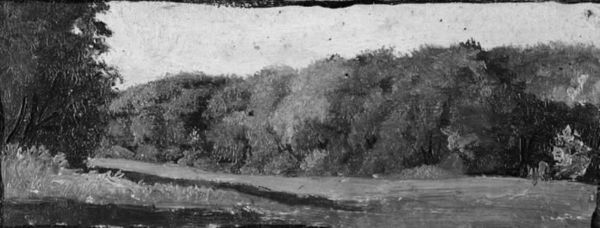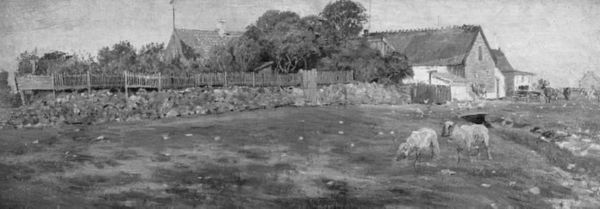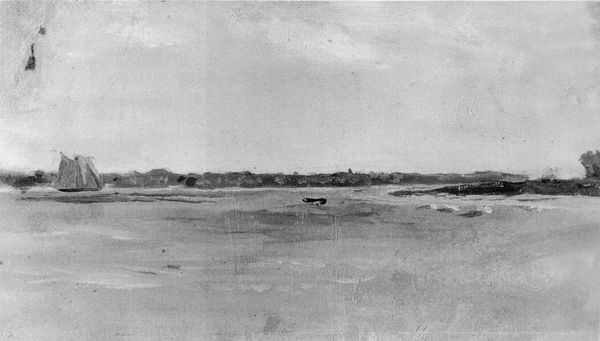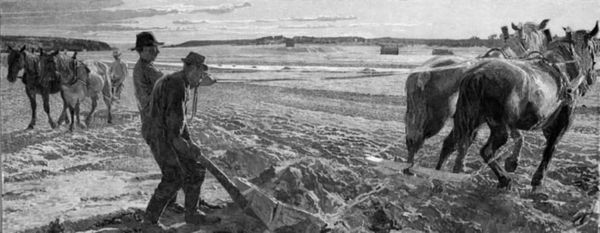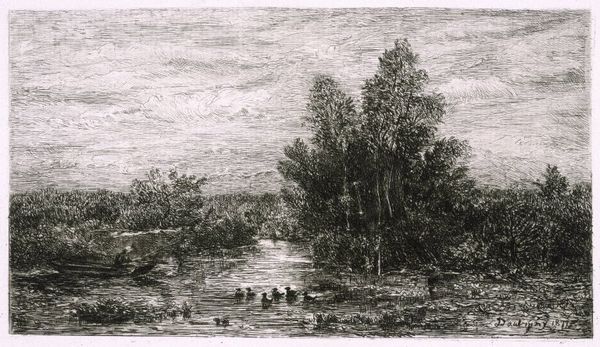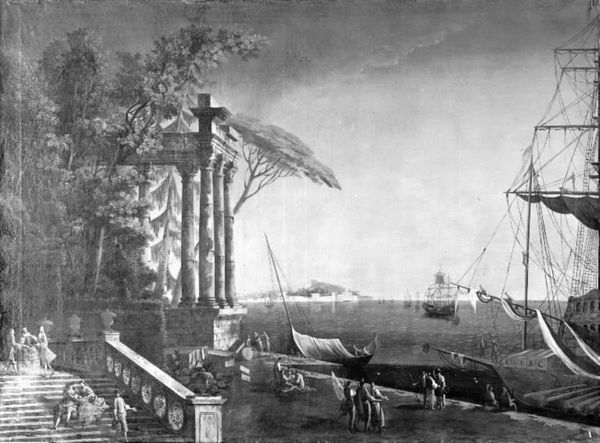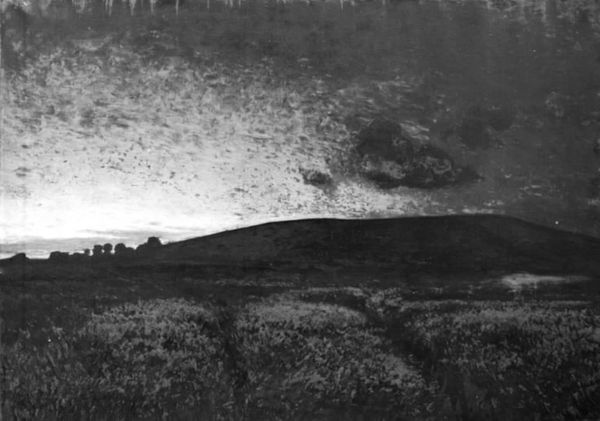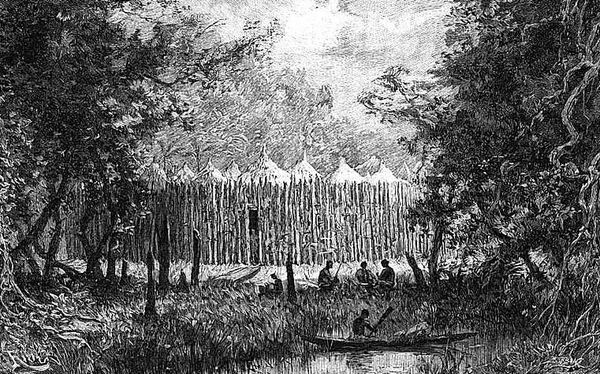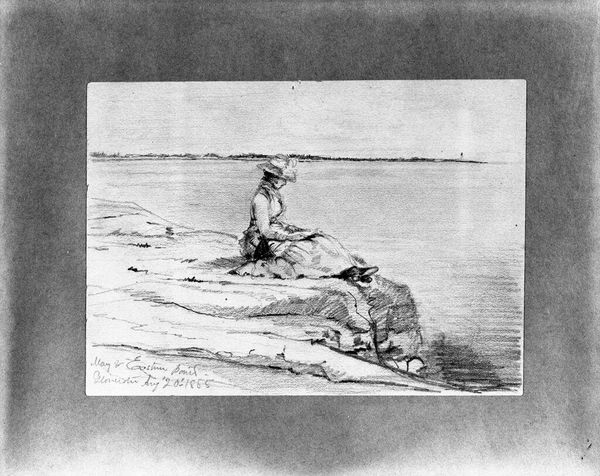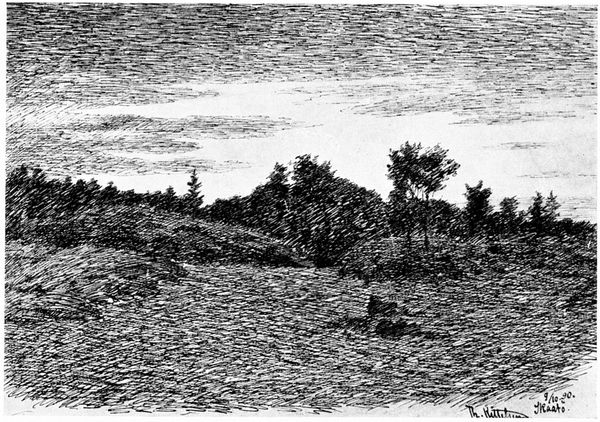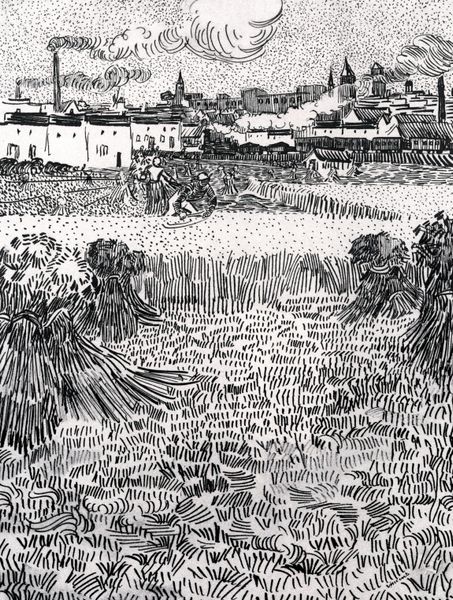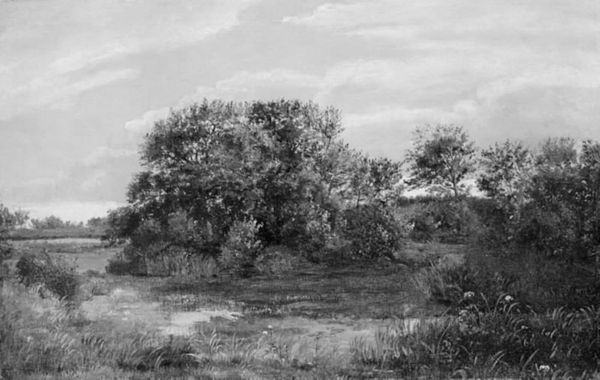
drawing, ink, architecture
#
african-art
#
drawing
#
architectural landscape
#
landscape
#
ink
#
architecture drawing
#
genre-painting
#
architecture
Copyright: Public domain
Editor: Here we have Edouard Riou's "A French Trading Post in Pounégui, Colonial Africa," created around 1890, in ink. The textures in this work really strike me. What stands out to you? Curator: Indeed. One is immediately struck by the geometrical contrast. Notice the strong horizontals of the ground plane set against the relentless verticality of the palisade. How does that structured opposition speak to you? Editor: It almost feels like the artist is highlighting a struggle or division somehow. Like civilization trying to break through something. Curator: Precisely! And consider the tonal range. Observe how Riou manipulates the density of the ink to create depth, differentiating the immediate foreground from the middle ground, where human activity is staged. The modulation in the ground plane is equally as interesting and brings in its own texture and rhythm. Do you see how it drives the gaze? Editor: I do, especially leading toward the trading post itself. What is that? Some kind of fortress? Curator: In a manner of speaking, yes. I’d suggest looking less at the historical object, and more closely at the lines, and the formal relations being built between different elements of this composition. Editor: So, paying attention to those things tells the real story? Curator: It allows a more objective point of entry. By focusing on the intrinsic artistic choices, such as the contrasts in texture and direction, we can access deeper readings of how Riou constructed his image and its relation to other modes of visual thinking in the era. Editor: I never considered approaching art from a semiotic perspective. Thanks so much. Curator: My pleasure. A sharp eye like yours will gain much from it, I’m sure.
Comments
No comments
Be the first to comment and join the conversation on the ultimate creative platform.
